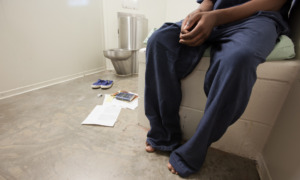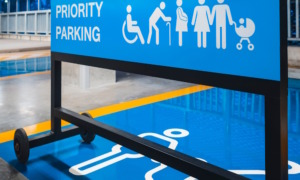Author(s): Campaign for Youth Justice and the National Association of Social Workers
- Jeree Michele Thomas, Esq. – Policy Director, Campaign for Youth Justice
- Mel Wilson – Manager, Department of Social Justice & Human Rights, National Association of Social Workers
Published: Sept. 24, 2018
Report Intro/Brief:
“Despite significant declines in juvenile arrest rates and the total number of youth being sent to adult court, adult jails, and adult prisons, juvenile court judges are transferring black youth to adult courts at some of the highest percentages in thirty years of data collection. Black youth are approximately 14% of the total youth population, but 47.3% of the youth who are transferred to adult court by juvenile court judges who believe the youth cannot benefit from the services of their court. Black youth are 53.1% of youth transferred for person offenses despite the fact that black and white youth make up an equal percentage of youth charged with person offenses, 40.1% and 40.5% respectively, in 2015. Researchers, system stakeholders, and advocates have reported on the disproportionate representation of black youth at nearly every contact point in the juvenile justice system. Some research indicates that even when accounting for the type of offense, black youth are more likely to be sent to adult prison and receive longer sentences. Although stakeholders acknowledge these findings, they are rarely contextualized beyond the justice system.
In this brief, the Campaign for Youth Justice (CFYJ) and the National Association of Social Workers (NASW) outline how black youth end up at the front door of adult courts through three state case studies of Oregon, Florida, and Missouri. We dive into the historical context of racial terror inflicted on black communities that has shaped the foundation of systemic policies, practices, and procedures that compound disproportionality. From this context, we highlight what advocates and local and state officials are doing to overcome the impact of historic and ongoing racism. Finally, we make recommendations for what social workers and advocates can do to redress racial disproportionality in black youth transferred to adult court through clinical practice and policy advocacy.”
>>> CLICK HERE to see all of Youth Today’s REPORT LIBRARY


























